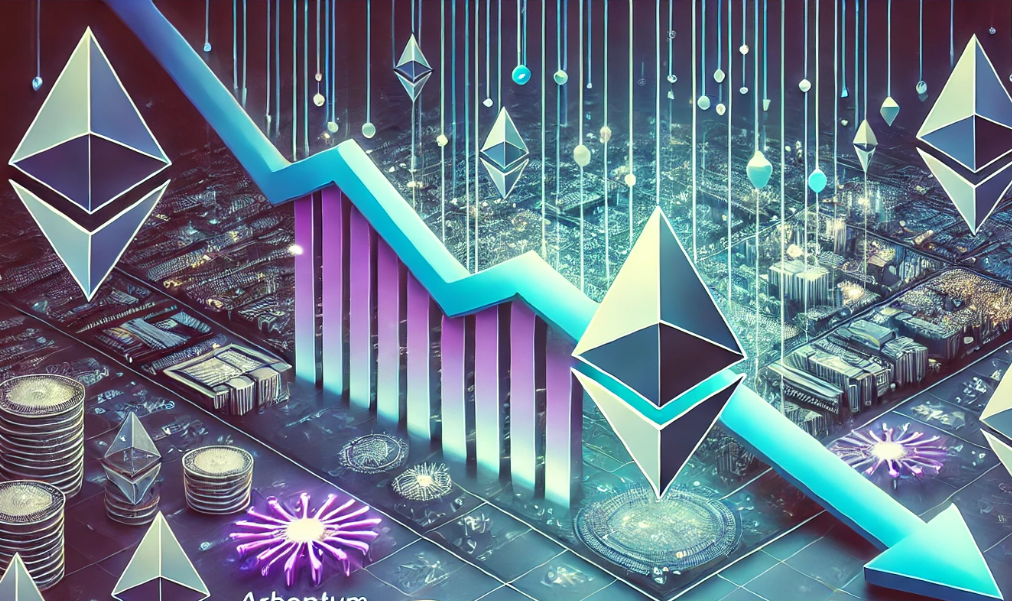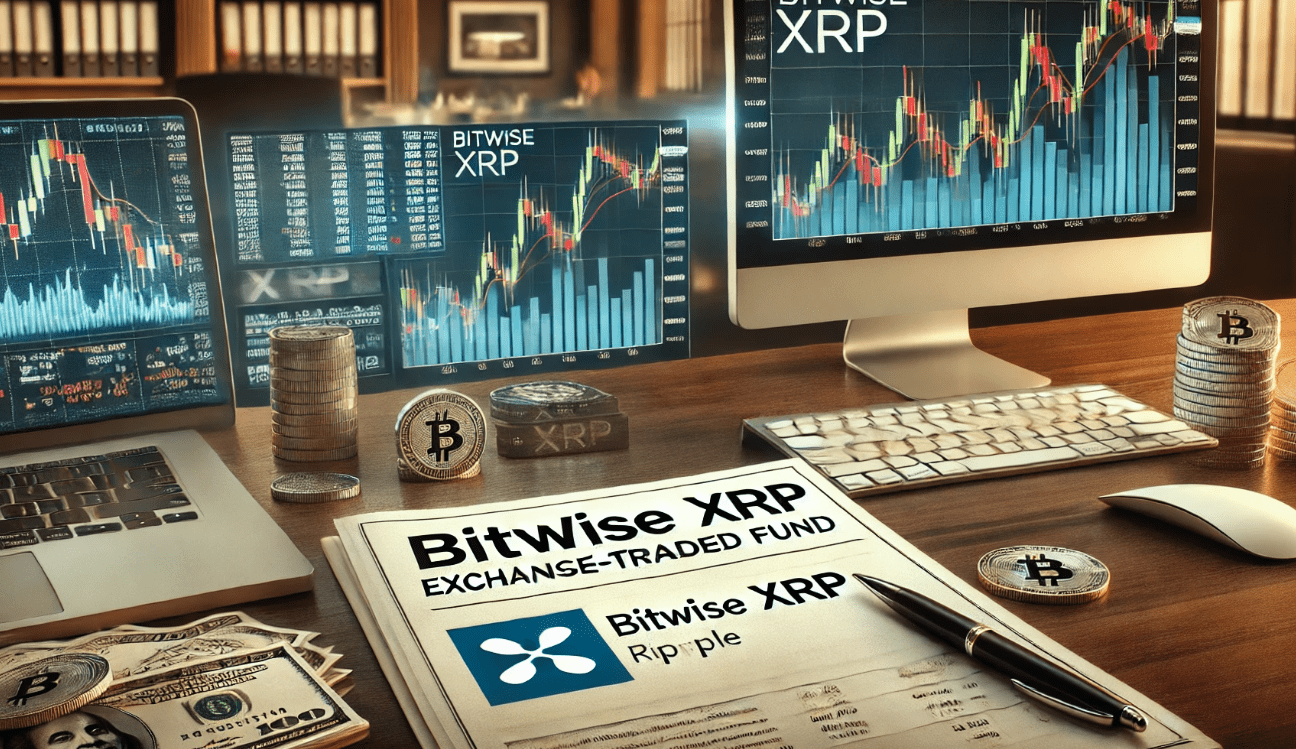Ethereum Gas Fees Hit Historic Lows, But Not for Long
Ethereum users recently enjoyed a rare respite from high transaction costs, with gas fees dropping to levels not seen since 2020. On August 10, users paid as little as 1 gwei, equivalent to $0.007, to send ETH, according to data from Etherscan. However, experts warn that these ultra-low fees are unlikely to last, as market conditions and network activity evolve.
Temporary Dip in Gas Fees Amid Market Uncertainty
The recent dip in gas fees to single digits reflects a period of lower network activity, which analysts attribute to a combination of factors, including market sentiment and the migration of activity to Layer 2 scaling networks. Alice Liu, research lead at CoinMarketCap, explained that such low fees often occur during times when Ethereum’s price is under pressure, leading to reduced demand for on-chain transactions.
“Extremely low gas fees like this wouldn’t last for long,” Liu cautioned, highlighting the inherent volatility of Ethereum’s transaction costs. Her sentiments were echoed by Matt Cutler, CEO of Blocknative, who pointed out that Ethereum Layer 1 (L1) gas fees have historically been highly volatile, and users should not expect 1 gwei fees to become the norm.
Layer 2 Networks Absorb Ethereum Activity
The current low gas fee environment is largely due to the increased adoption of Layer 2 (L2) scaling solutions. These networks, designed to alleviate congestion on the Ethereum mainnet, have seen a significant surge in activity since Ethereum’s Dencun upgrade in March 2024.
According to L2Beat, total value locked (TVL) on L2 networks has skyrocketed 300% over the past year, reaching $36 billion, with a peak of nearly $50 billion in early June. Among the L2 solutions, Coinbase’s Layer 2 Base has gained considerable popularity, quickly rising to second place by TVL, trailing only Arbitrum, which holds a 40% market share with $14 billion in TVL.
Other notable L2 protocols, including Blast, Optimism, and Mantle, have also contributed to the shift in network activity from Ethereum L1 to these more scalable solutions.
Price Pressure Influences Gas Fees
While L2 adoption has certainly played a role in lowering gas fees, some analysts argue that Ethereum’s price is a more significant factor. Historically, lower Ether (ETH) prices correlate with decreased transaction volumes, leading to reduced demand for gas and subsequently lower fees.
Matt Cutler of Blocknative noted, “With lower Ether to USD prices we see lower transaction volumes and therefore reduced gas prices.” As Ethereum’s price remains roughly 45% below its all-time high of $4,850, the low transaction costs observed recently could be more a reflection of price-driven reduced activity rather than just the impact of L2 networks.
Concerns Over Rising Network Supply
The current low gas fees have also raised concerns about the potential inflationary impact on the Ethereum network. Lower transaction costs mean fewer ETH tokens are burned, leading to a net increase in the token supply. Data from ultrasound.money indicates that on August 10, only 273 ETH were burned, up from 120 the previous day, while 2,560 ETH were issued.
This inflationary trend is worrying for ETH holders, as it could undermine the deflationary narrative that has supported Ethereum’s value proposition since the implementation of EIP-1559. However, both Liu and Cutler suggest that this inflationary environment may be temporary, with gas prices and ETH supply likely to stabilize as transaction volumes increase.
The Role of ETH Price in Future Gas Fees
Ultimately, the future trajectory of Ethereum’s gas fees appears closely tied to the price of ETH. Despite the recent approval of a spot ETH ETF by the SEC, which many expected to drive prices higher, Ethereum has struggled to break out of its current trading range. Should the price of ETH rise, it could lead to higher transaction volumes and, consequently, a return to more typical gas fee levels.
For now, while users may enjoy the temporary relief of low transaction costs, they should remain prepared for the likelihood of increased fees as market conditions and network activity change.












